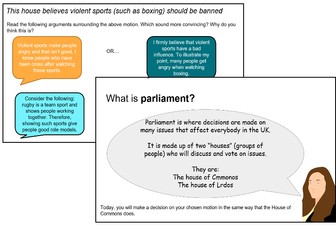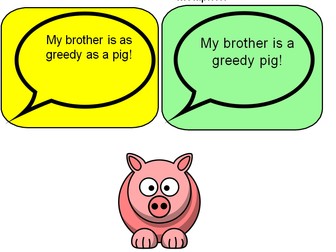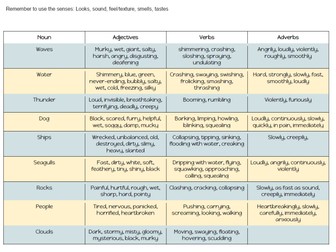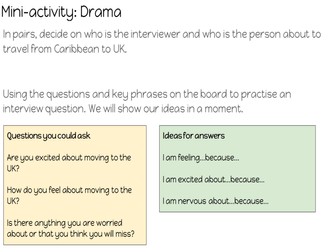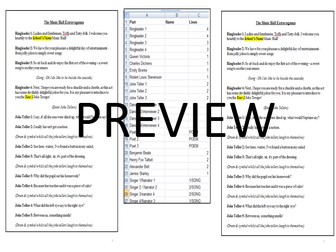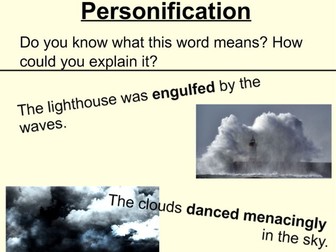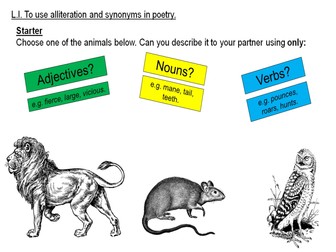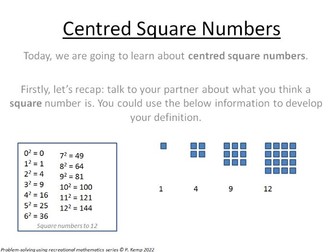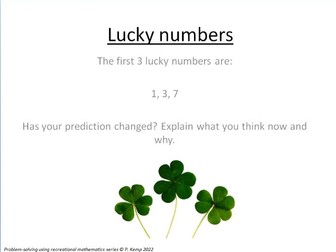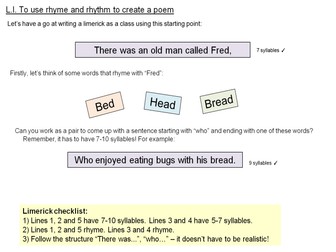
Debate Club 7-week planning and resources (aimed at UKS2)
A seven-week plan for a series of sessions for a Debate Club aimed at Year 5 and 6 pupils.
Each session is approximately 45 minutes long and is aimed at a group of roughly 20 children, although all resources can definitely be adapted for longer/shorter sessions and for larger/smaller groups.
The plan begins with an introduction to debating, followed by looking at different structures for formal debates, vocabulary to enhance debates and some slightly more informal balloon debating to end off the sessions. Each session has a starter aimed at developing oracy and confidence in debating.
The pack includes the detailed mid-term plan and powerpoints for each session, as well as a few extra resources.
